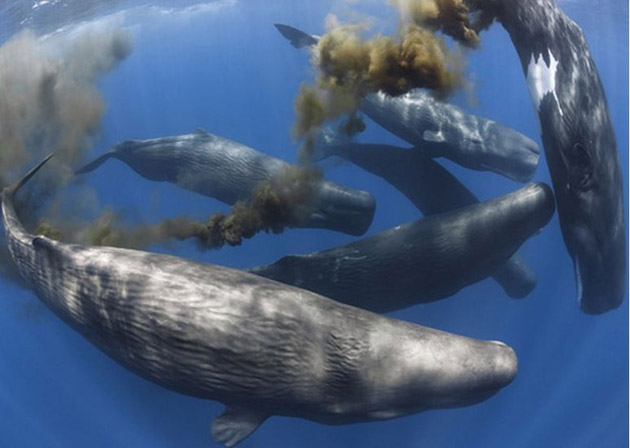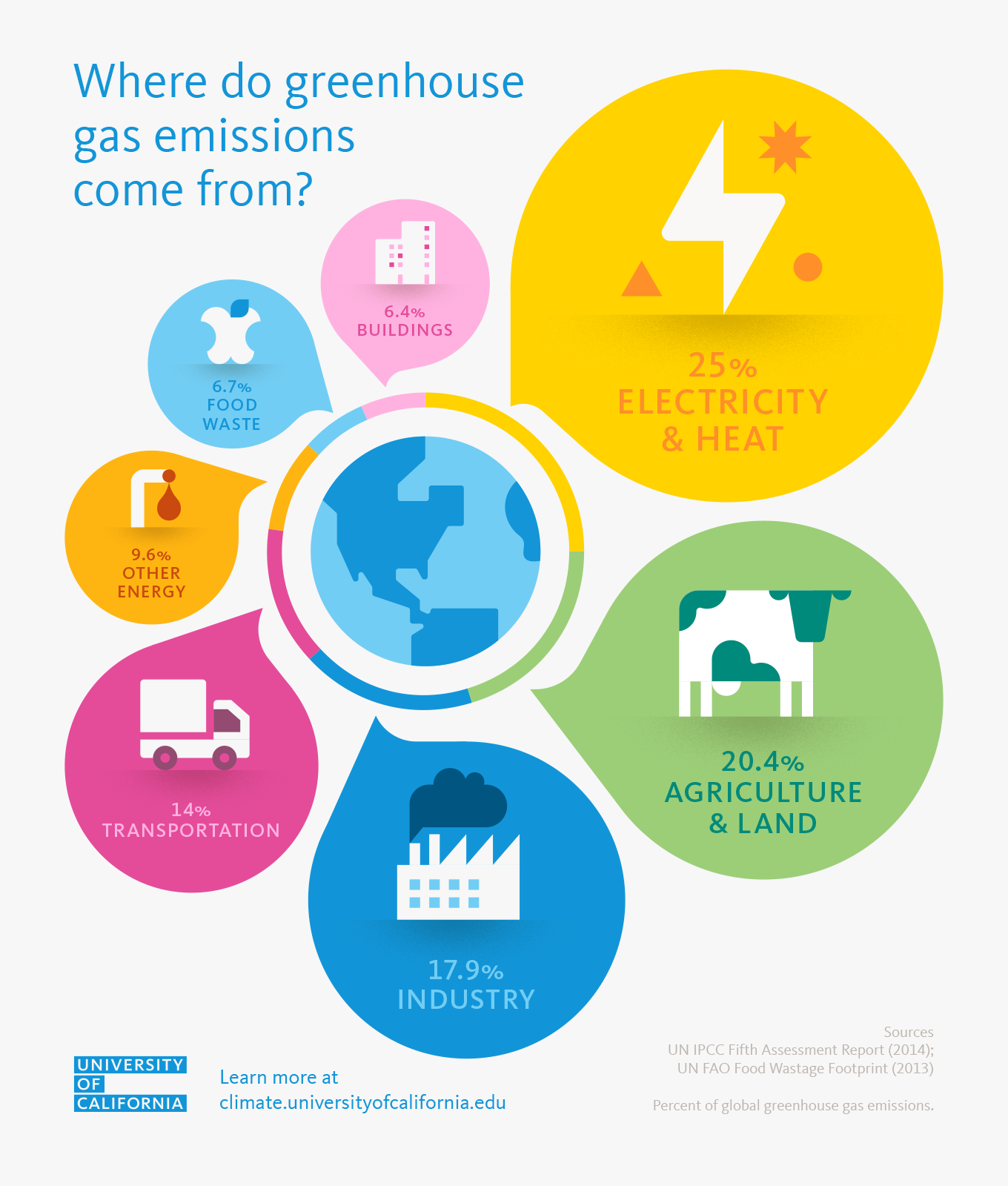4. Poo-naumis
Description
Could whale poop be a solution to climate change? Fecal plumes, or poo-naumis, play an important role in the food web, sustaining the entire living system of the ocean! Unearth how whales play a vital role in the ocean ecosystem!


Photo 1: Fecal plumes by sperm whales. Photo 2: Baleen (humpback) whale breaching the surface.
In our fourth JBC this session, we learn all about whales, their different shapes and sizes, feeding strategies, and movement in the water column. We link these concepts to food webs and climate, assessing how whales may be a key player in solving climate change! But what is climate change? Explore the various causes and effects of greenhouse gases, especially on our polar ice caps.

Photo: Representation of some climate change solutions.
What did we do today?
What are whales? We discussed some distinguishing features of whales, their body shapes and adaptations to different environments.

Photo: Whales of the World
Learned about fecal plumes, and how they provide nutrients to the photic zone, helping phytoplankton thrive. Thriving phytoplankton contributes to the health of the entire food web!
Demonstrated the movement of whales through the water column with a whale movement activity.

Photo: Illustration of how whale movement creates a pump of nutrients and phytoplankton.
Brainstormed various causes and effects of climate change, and discussed how humans have caused climate to change so rapidly!
Wrapped up the club themes in the wet lab with an ecosystem connections activity, exploring how all ecosystems are connected and building our own ecosystem on the magnet wall.
Questions to ask you Junior Biologists
1. What makes a whale a whale? (breathe air into lungs, warm-blooded, feed their young milk, have some hair (very little), streamlined body with flippers and flukes (some also have dorsal fins), have a layer of blubber which serves as an energy reservoir and insulation, breathe through blowholes which are located on top of their heads)
2. What is the difference between a baleen and toothed whale? (Baleen whales à baleen plates: in gums along upper jaw, triangular and arranged like teeth in a comb, made of keratin, used to strain food from the water, diet: eat some of smallest, most abundant life in the ocean – plankton, also krill, copepods, amphipods, cool fact: tend to be solitary animals, have two blowholes. Toothed whales à have teeth, are hunters (chase then capture prey – fish, squid, crabs, sea stars, etc.), use echolocation, generally smaller than baleen whales, only one blowhole)

Photo 1: Baleen sample. Photo 2: Sperm whale teeth.
3.What is a poo-naumi? (whales excrete huge masses of feces (poop!) throughout the water column, which is rich in nutrients, such as nitrogen, which phytoplankton need to survive)
4.What are Greenhouse Gases? (compounds in the atmosphere that are able to trap heat, keeping Earth’s surface warmer than it would be without them). Name 3 sources of greenhouse gases. (electricity production – burning fossil fuels (coal and natural gas), transportation – burning fossil fuels (gasoline, diesel) for cars, trucks, ships, trains, and planes, industry – burning fossil fuels for energy and gas emissions from chemical reactions to produce materials, commercial and residential – from homes and businesses by fossil fuel burning for heat and handling of waste, agriculture – from livestock, agricultural soils, and production)

Photo: Where do greenhouse gas emissions come from?
5.What are primary producers? Primary consumers? Secondary consumers? (primary producers – make own food, gain energy from the sun (photosynthesis), consumers – unable to make food, rely on consuming other organisms or absorbing dissolving material from the water column)
See your Jr. Biologists in action here!
Do you have any questions for Club Volunteers or our Coordinator, Hailey? Ask away on our Discussion Board!
Task
Calculate your Carbon Footprint as a family to see how many Earth's we would need if everybody lived as you do. Use what you learned from calculating your footsteps to make some changes (big and small) to your current lifestyle. Could be a great New Year's Resolution!
If you can't think of any ideas, check out 10 Green New Year's Revolutions.
Continue to 5. A-Ray-Zing Stingrays »
Related Media
Resources
-
 10 Green New Year's Revolutions
10 Green New Year's Revolutions
-
 B.C. Cetaceans Sightings Network
B.C. Cetaceans Sightings Network
-
 Baleen vs. Toothed Whales
Baleen vs. Toothed Whales
-
 Basic Facts About Whales
Basic Facts About Whales
-
 Connections: Nature and the Built Environment
Connections: Nature and the Built Environment
-
 Ensuring Healthy Oceans for Generations to Come
Ensuring Healthy Oceans for Generations to Come
-
 How Whales Change Climate
How Whales Change Climate
-
 Marine Food Webs
Marine Food Webs
-
 NASA: Global Climate Change
NASA: Global Climate Change
-
 Sources of Greenhouse Gas Emissions
Sources of Greenhouse Gas Emissions
-
 Whale Facts: Adaptations
Whale Facts: Adaptations
-
 Whale Poop: Why does it matter?
Whale Poop: Why does it matter?
-
 Whale Species ID
Whale Species ID
-
 What are greenhouse gases?
What are greenhouse gases?





